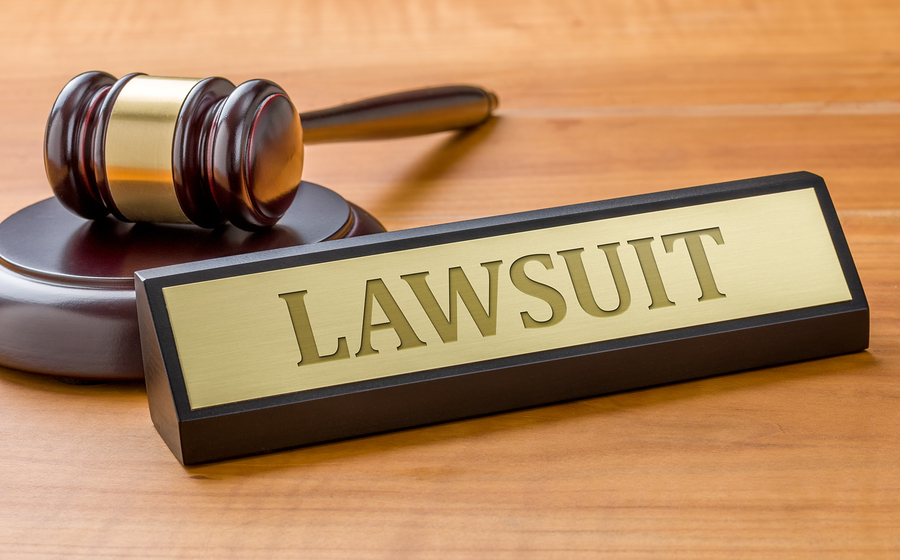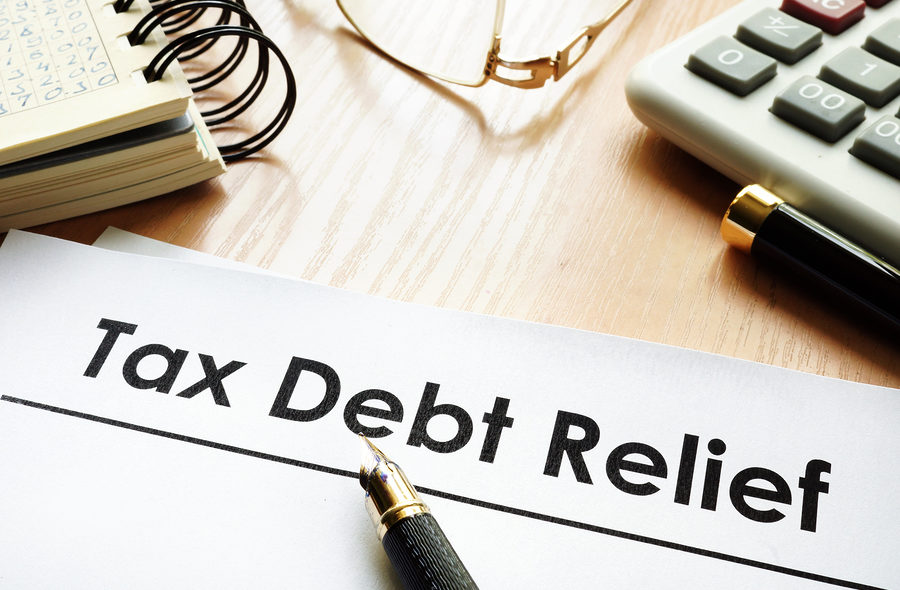Approximately a quarter of homebuyers and renters carrying personal debt were denied approval for either a mortgage or lease, according to Zillow’s recent report on Consumer Housing Trends. It was reported that medical debt had the most impact on homebuyer’s budgets and whether they would qualify for a mortgage.
While student loan debt has been reported as being a major factor keeping many younger people from purchasing a home, it turns out medical debt is an even bigger factor.
According to Zillow, medical debts are more likely than any other type of debt to keep American consumers from either purchasing or renting a new home. They conducted a survey which showed that 38 percent of people who owe money for medical or healthcare expenses say they were turned down for renting a home or taking out a mortgage due to those debts. According to Zillow, this group represented the largest rate of rejection- more than any other kind of debt, including credit cards and student loans.










